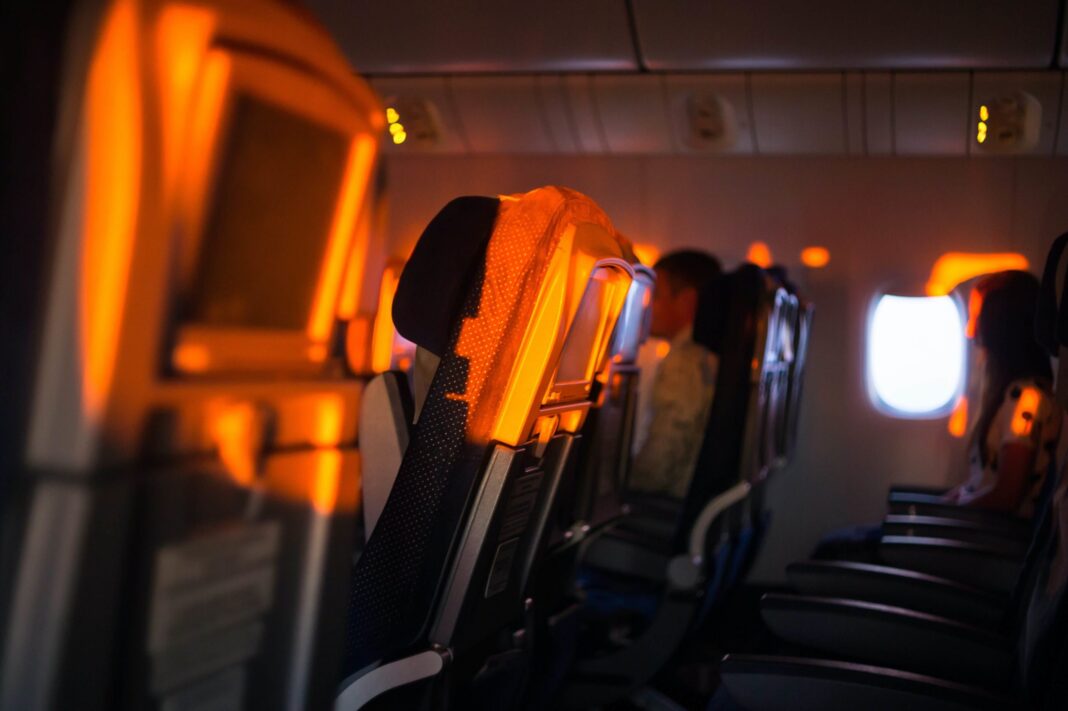There is no doubt that after the tribulations of 2020, there will be a shift in the way we travel. While business travelers are keen to get off Zoom and back out on the road, there will be some anxiety around certain aspects of air travel as we continue to tackle the coronavirus. As we start to take to the skies again, airlines are adjusting their approach to soothe clients’ concerns and win back business. So what do business travelers want from airlines, and what changes are airlines making to revolutionize our experience with air travel?

A commitment to traveler health and safety
It goes without saying that in the wake of COVID-19 customers want to feel airlines are taking a proactive approach to safety. From a travel management perspective, companies will need to analyze an airline’s commitment to passenger safety to fulfill their duty of care. Airlines who demonstrate a dedication to addressing the myriad of health and safety concerns will go a long way towards convincing both business and leisure travelers that it can be safe to fly again.
Transparent information
The past twelve months have been a whirlwind of ever-changing travel restrictions. It has been tricky for travelers and travel managers to keep up and track what is needed to remain compliant with the newest regulations. For good reasons, airlines often have to enforce their own additional set of rules. But this is an extra layer of information fliers need to be able to access and understand quickly. Burying measures in T’s & C’s or the recesses of a mobile app isn’t particularly user-friendly, especially for older demographics. Presenting booking terms and updates in a transparent and digestible fashion will be an ongoing challenge for airlines for the foreseeable future.
If you frequently travel for work, you likely consider coming down with a cold part of long-haul travel. While IATA assures travelers that HEPA filters remove 99.9995% of germs from cabin air, the number of shared surfaces we encounter during air travel means business travelers are more susceptible to getting sick. Our world was already becoming increasingly contactless before the arrival of COVID-19. Now that the substantial health benefits to reduced contact have been made viscerally apparent, we will likely see measures expand in new and interesting ways. Airlines are reimagining both our movements through the airport and our in-flight experience to help reduce the number of contact points. From self-scan check-in to facial recognition for boarding, there are many ways the amount of contact will decrease. On-board magazines might move from seatback pockets to our mobile devices alongside options to get assistance without touching the button overhead.
Flexibility
Even in the pre-pandemic world, business travelers desired more flexibility from their fares. At the best of times, business needs meant corporate travel plans often had to be altered or canceled. Across the travel industry, companies responded to the pandemic by offering more flexible booking options to increase confidence and secure future bookings. After more than a year of uncertainty, corporate travel policies will likely make flexible booking rates non-negotiable for their teams, and leisure travelers will also opt for arrangements with more generous canceling policies. Luckily as we will see, as restrictions lift, airlines are continuing to be innovative on flexible fares.
Alternative perks
In recent years long-haul airlines have been changing their approach to pricing. Taking inspiration from low-cost competitors, more are moving from selling different seating tiers to a more experience-based model. While passengers can still select from economy or business class seats, they can also choose from a new generation of perks that speak to current needs. The good news for corporate travelers is that a lot of this regeneration has business travelers in mind. Whether it’s increased flexibility on fares, lounge passes, or complimentary Wi-Fi, airlines are getting creative with the extras they offer to win back business travelers.
Loyalty programs
As a business traveler, you are no doubt signed up to a couple of loyalty schemes. Most airlines will have their own points system or priority club, but they vary wildly in their generosity. The best loyalty programs allow for point sharing so that business travelers can share their miles with family members or friends. Many airlines also pair their loyalty programs with credit card companies to offer travelers more opportunities to rack up points. However, for years frequent flyers have been left disappointed by complicated tier structures and the time scales provided to spend points earned by years of loyal custom. As they feel the pinch from the pandemic, many airlines are removing the red tape and extending the period clients have to spend their accrued miles to encourage travelers back. The most generous and savvy airlines also give their club members extended cancellation policies on new bookings as another perk to thank them for their business.
Wi-Fi connectivity
Corporate travelers always want to make the most out of their business trips. Traveling for work is time away from loved ones and can easily lead to a backup of tasks waiting for them on their return. Keen to eke out every opportunity to be productive, having access to Wi-Fi during their flight is helpful for professional and personal reasons. It allows busy travelers to get ahead on emails, send out reports and check in with loved ones so they can hit the ground running when they land. If getting online costs a small fortune with one airline and comes complimentary with another, you can guess where business travelers will be spending their corporate travel budgets.
Increased space
Universally whether it’s for business or leisure, all travelers would like more space when traveling by air! But for business travelers, it’s more than simply an argument around the amount of legroom an airline offers. As well as being able to get online, business travelers need adequate space to work while on-board. As business travel accounts for around 75% of profits generated, airlines would be foolish to disregard their needs. In recent years airlines have been getting more creative with their seat configurations. In business class, more airlines are moving to offer customers suite-style seating where corporate fliers can enjoy more privacy to work on potentially sensitive or confidential material.

Are you a frequent flier? What changes would you like to see airlines make in the coming years? Let us know in our LinkedIn thread!
There has never been a better time to plan your next trip and make your Dream vacation a reality . Whether you've been dreaming of relaxing on a sun-kissed beach, exploring ancient cities, or embarking on an epic adventure, now is the perfect moment to make it happen.













